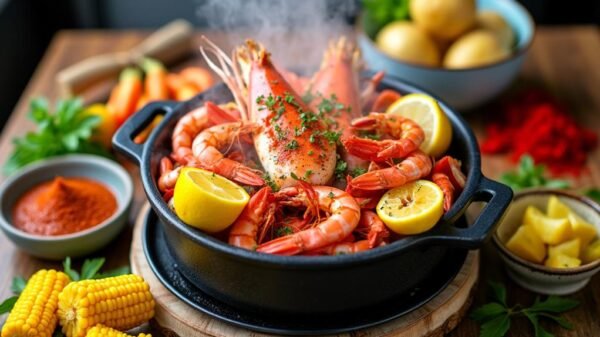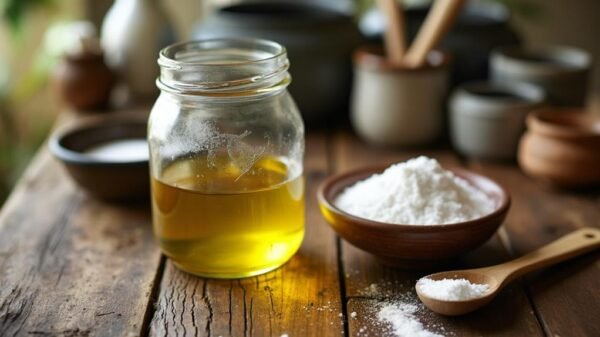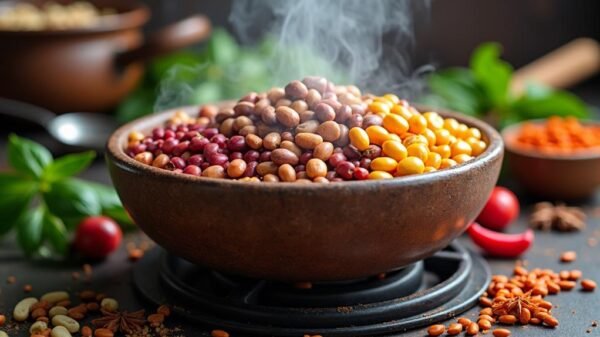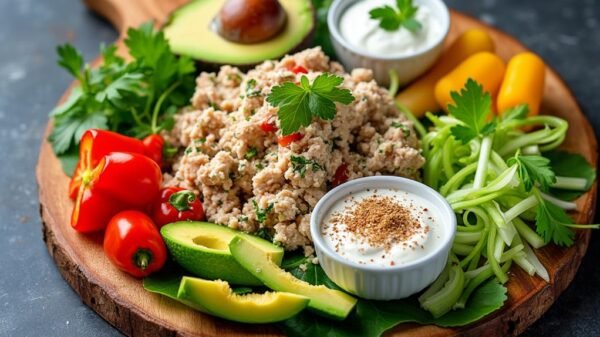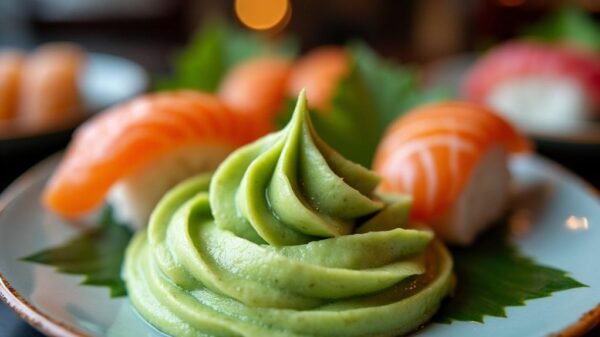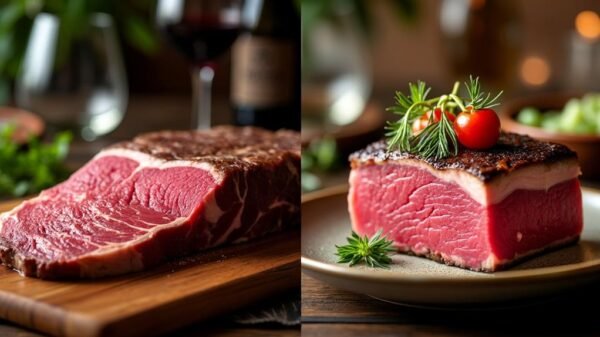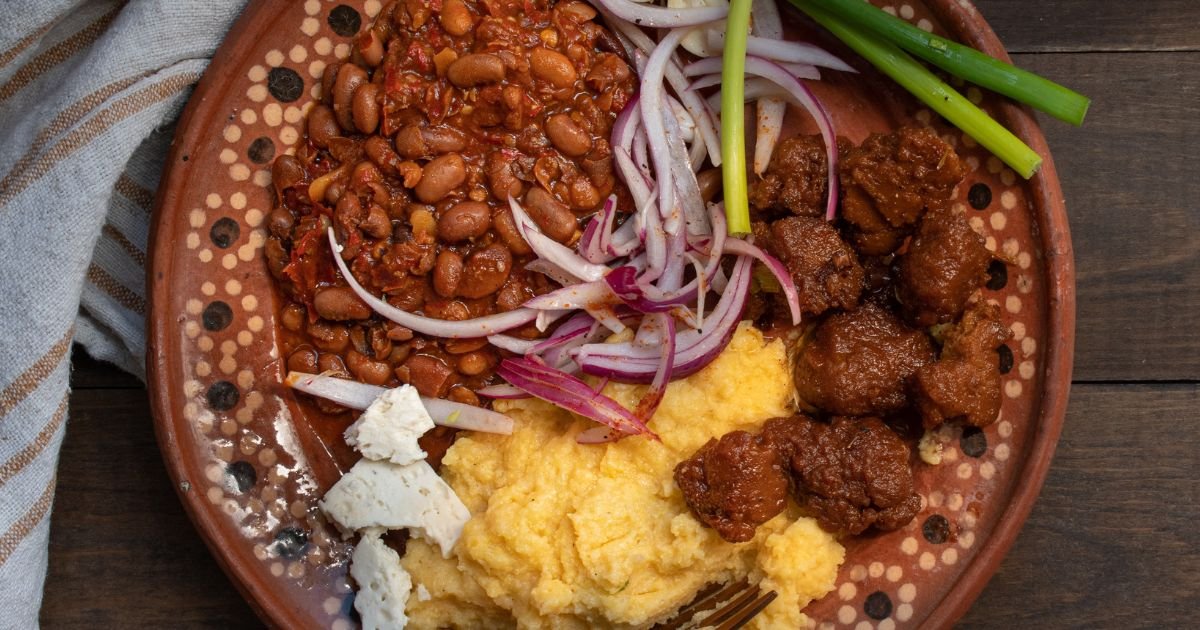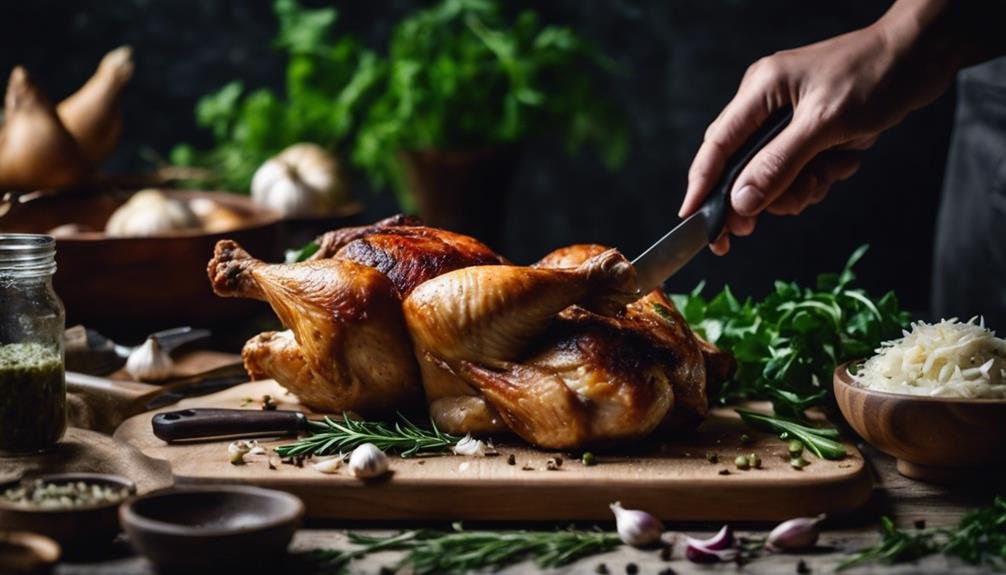When Beyoncé swapped her tofu scramble for seitan stir-fry, the world took notice. You’re witnessing a seismic shift in plant-based dining, where Seitan is dethroning tofu as the protein of choice.
This ancient wheat gluten marvel isn’t just flexing its culinary muscles; it’s packing a nutritional punch that’s hard to ignore. With its ability to mimic the textures and flavors of meat, Seitan is a dream come true for chefs and home cooks aiming to enhance their vegan dishes.
But there’s more to Seitan than just its chameleon-like qualities. As we peel back the layers, you’ll wonder why Seitan took so long to capture the spotlight. Stay tuned to uncover the secrets behind its rising popularity.
Seitan Key Takeaways
- Seitan offers a meat-like chewy texture, making it a versatile and satisfying meat substitute.
- Seitan is a powerful plant-based protein source with 15 to 21 grams of protein per serving.
- Its ability to absorb flavors and adapt to various cooking methods enhances its culinary appeal.
- Seitan’s long history in Chinese and Buddhist cuisines adds a rich cultural dimension to its use as a modern meat alternative.
Cooking Versatility of Seitan
Why settle for the mundane when a seitan’s cooking versatility can transform your kitchen into a haven of plant-based delights? As one of the most flexible vegan protein sources under the sun, seitan recipes can take you on a culinary adventure from the sizzling grills of a summer BBQ to the heartwarming bowls of a winter stew. With Seitan, you’re not just cooking; you’re crafting experiences.
This plant-based meat alternative is your canvas for texture customization, ready to be sliced, diced, or shredded to suit your whims. Fancy a meat-like experience without the meat? Seitan’s got your back. Grill it in chunks for that smoky char, or stir-fry it for a quick, flavorful fix. And let’s not forget the magic of marinades and seasonings, allowing Seitan to absorb flavors like a culinary sponge, ensuring every bite is as delicious as it’s nutritious.
Delve into the world of seitan recipes, where cooking methods range from baking to frying, each technique revealing new dimensions of taste and texture. It’s time to enhance your plant-based cooking game, showing that compassion and epicurean delight can go hand in hand.
Nutritional Benefits of Seitan
Seitan’s protein-packed profile offers a hefty nutritional punch, rivaling traditional meats without skimping on flavor or versatility. You’re not just serving up a meat substitute; you’re dishing out a powerhouse of nutrition perfect for those high-protein vegetarian meals everyone’s been buzzing about. Let’s dive into the deets.
| Nutrient | Seitan | Traditional Meats |
|---|---|---|
| Protein | High | Comparable |
| Gluten | Yes | No |
| Carbs | Low | Low/None |
Seitan, made from wheat gluten, is the heavyweight champion in the ring of plant-based meat alternatives for vegetarians. It’s like the secret ingredient in your culinary arsenal, ready to knock out any doubts about fulfilling protein needs without meat. Beyond being a gluten guru, it’s low in carbs, making it a fantastic option for those looking to reduce their carb intake but not their flavor intake.
In the world of meat substitutes, Seitan stands out for its protein content versatility and ability to soak up flavors like a sponge. It’s the perfect canvas for your culinary creations, proving that you don’t have to sacrifice taste for nutrition.
Culinary History and Naming

After exploring the nutritional powerhouse that’s Seitan, let’s turn our attention to its rich culinary history and how it got its intriguing name. Seitan isn’t just a flash in the pan; it’s been the star of meatless recipes in Chinese and Buddhist cuisines for over 2,000 years. Originally known as ‘mianjin’ in Chinese, which translates to ‘flour tendon,’ it vividly depicts its wheat-based origins. Fast forward to the 1960s, and George Ohsawa, a Japanese macrobiotic advocate, coined the term’ Seitan,’ showcasing its pivotal role in veganism.
Now, Seitan is out here flexing its culinary muscles, giving tofu substitutes a run for their money, and even stepping into the shoes of gluten-free seitan options for those who can handle their wheat. From seitan barbecue ribs with meat lovers doing a double-take to its seamless integration into soy products, Seitan is a chameleon in vegan cuisine. So, next time you’re whipping up a storm with meatless recipes, remember the Seitan’s storied past and its pivotal role in bringing flavor and texture to the table.
Flavoring and Cooking Techniques
Plunge into the world of Seitan’s culinary artistry. Its neutral palette enthusiastically soaks up a rainbow of flavors from your favorite seasonings and marinades, transforming it into a versatile star in your kitchen lineup. Whether you’re a seasoned chef or a newbie in the vegan cooking scene, mastering seitan cooking techniques will enhance your plant-based protein recipes to new heights.
Here’s how you can make Seitan the MVP of your next meal:
- Marinate Like a Pro: Immerse in marinades not just for tofu but for Seitan, too. A simple soy sauce, nutritional yeast, and garlic powder mix can turn your Seitan into a flavor bomb.
- Texture Play: Experiment with seitan texture customization. Want it tender? Simmer in a savory sauce. Craving crunch? Coat and fry until golden.
- Versatility is Key: Seitan can be grilled, baked, fried, or steamed. Each method offers a new dimension to your dish, making it a chameleon in the kitchen.
- Seasoning Savvy: Don’t shy away from bold seasonings. Seitan’s neutral taste means it’s your canvas to paint with the vibrant colors of spices and herbs.
Get creative, have fun, and let Seitan take the spotlight in your culinary creations!
Texture and Mouthfeel Differences
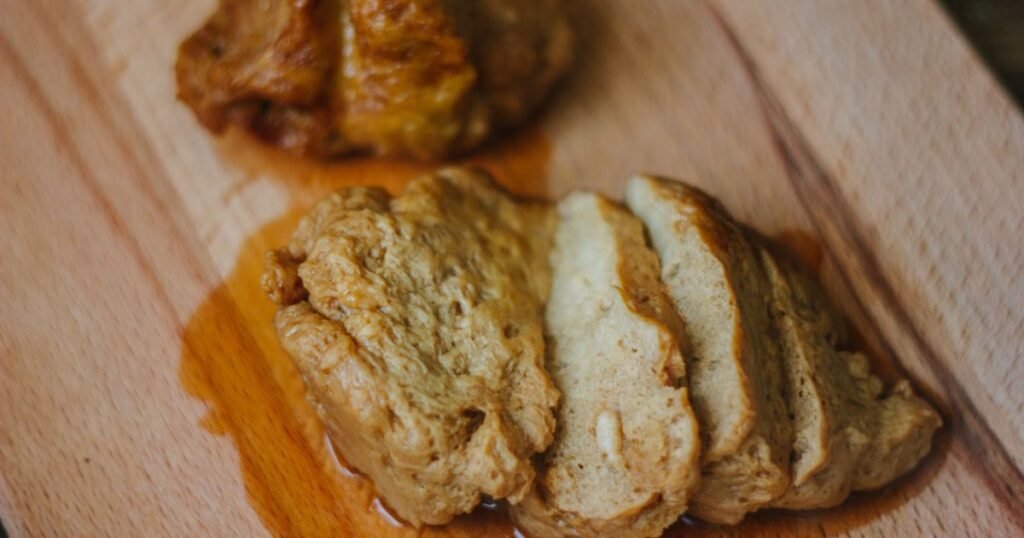
For those on a quest for a meaty bite without the meat, Seitan’s chewy texture and dense mouthfeel might be the culinary treasure you’re searching for. Unlike its softer cousin, tofu, Seitan brings a firmness to the table eerily reminiscent of the real deal. It’s not just about being meat-like; it’s about delivering that satisfying chew that makes you double-check whether it’s truly one of the dairy-free alternatives.
But here’s where Seitan truly shines – its versatility. This wheat-based wonder can be grilled, fried, or stewed, each method weaving in flavors and enhancing its already impressive texture. Imagine sinking your teeth into a seitan steak, marinated to perfection, and getting that burst of flavor while enjoying a texture that’s as close to meat as plants can get.
Seitan doesn’t just mimic meat; it absorbs and amplifies the flavors it’s cooked with, making every bite a delightful surprise. Whether you’re whipping up a quick stir-fry or a slow-cooked stew, Seitan stands ready to impress, proving that plant-based meals don’t have to compromise on texture or taste.
Frequently Asked Questions
Is Seitan High in Protein Than Tofu?
Yes, Seitan is higher in protein than tofu. It offers about three times the amount of protein, making it a significant choice for anyone looking to increase their protein intake while reducing meat consumption.
What Are the Disadvantages of Seitan?
Seitan’s disadvantages include its unsuitability for individuals with celiac disease or gluten sensitivity and its potential high content of added salt and sugar, which can be a concern for those watching their intake of these additives.
Is Seitan Good or Bad for You?
Seitan is generally good for you, especially as a high-protein, low-carb option in a meatless diet. However, it may not be suitable for everyone, particularly those gluten-sensitive. As a versatile and nutritious choice, Seitan is an excellent option unless you need to avoid gluten.
What Are the Side Effects of Seitan?
Due to its high gluten content, Seitan can cause side effects such as bloating or gas. Individuals sensitive or allergic to gluten must avoid Seitan to prevent adverse reactions. Consuming Seitan in moderation can help minimize these side effects.
Conclusion
So, you’ve traveled through the realm of Seitan, tofu’s formidable rival. With its chameleon-like versatility in the kitchen and protein-packed punch, it’s no wonder Seitan is snagging the spotlight.
From its ancient origins to its knack for soaking up flavors and mimicking textures, this wheat wonder has shown that it’s more than just a substitute—a culinary revolution.
Ready to grill, sauté, or stew your way to delicious meals? In the great protein showdown, Seitan is taking the crown. Welcome to the seitan era, where your taste buds will never get bored.





